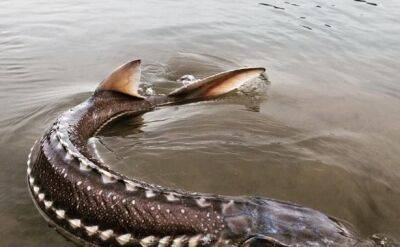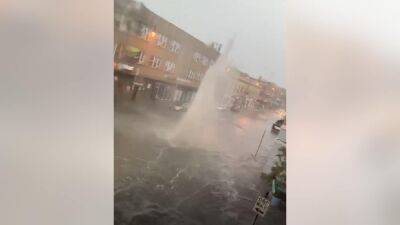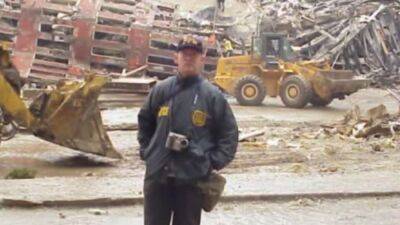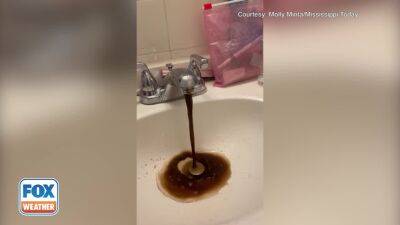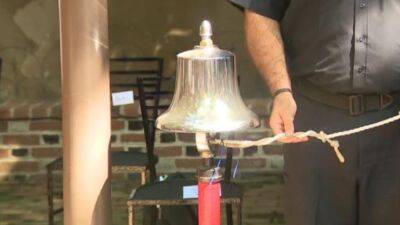Deadline looms for drought-stricken states to cut water use by 15 percent
A man walks on a finger of exposed land at Lake Mead reservoir during the drought on July 9, 2022 in Boulder City, Nevada. (Photo by RJ Sangosti/MediaNews Group/The Denver Post via Getty Images) SALT LAKE CITY - Banks along parts of the Colorado River where water once streamed are now just caked mud and rock as climate change makes the Western U.S.
hotter and drier.More than two decades of drought have done little to deter the region from diverting more water than flows through it, depleting key reservoirs to levels that now jeopardize water delivery and hydropower production.Cities and farms in seven U.S.
states are bracing for cuts this week as officials stare down a deadline to propose unprecedented reductions to their use of the water, setting up what’s expected to be the most consequential week for Colorado River policy in years.The U.S.
Bureau of Reclamation in June told the states — Arizona, California, Colorado, Nevada, New Mexico, Utah and Wyoming — to determine how to use at least 15% less water next year, or have restrictions imposed on them.
Read more on fox29.com







